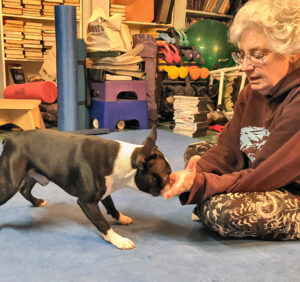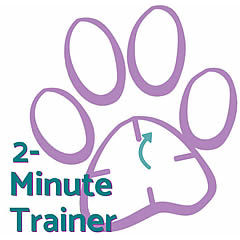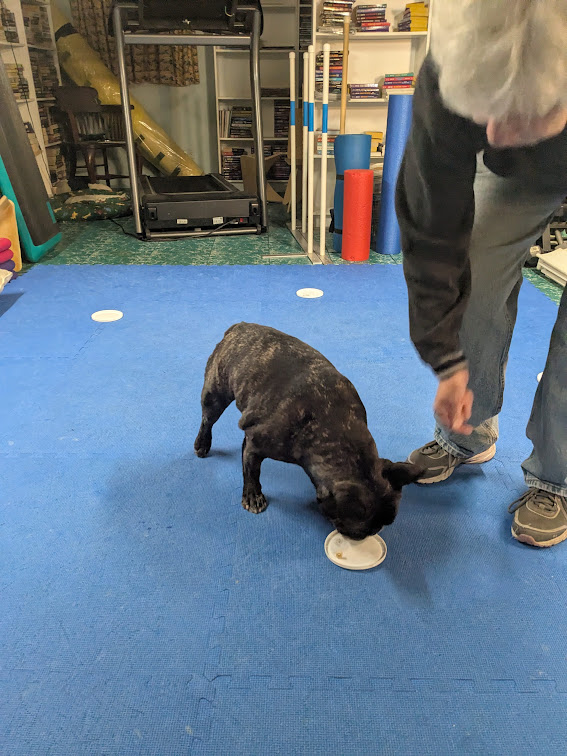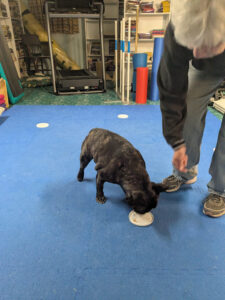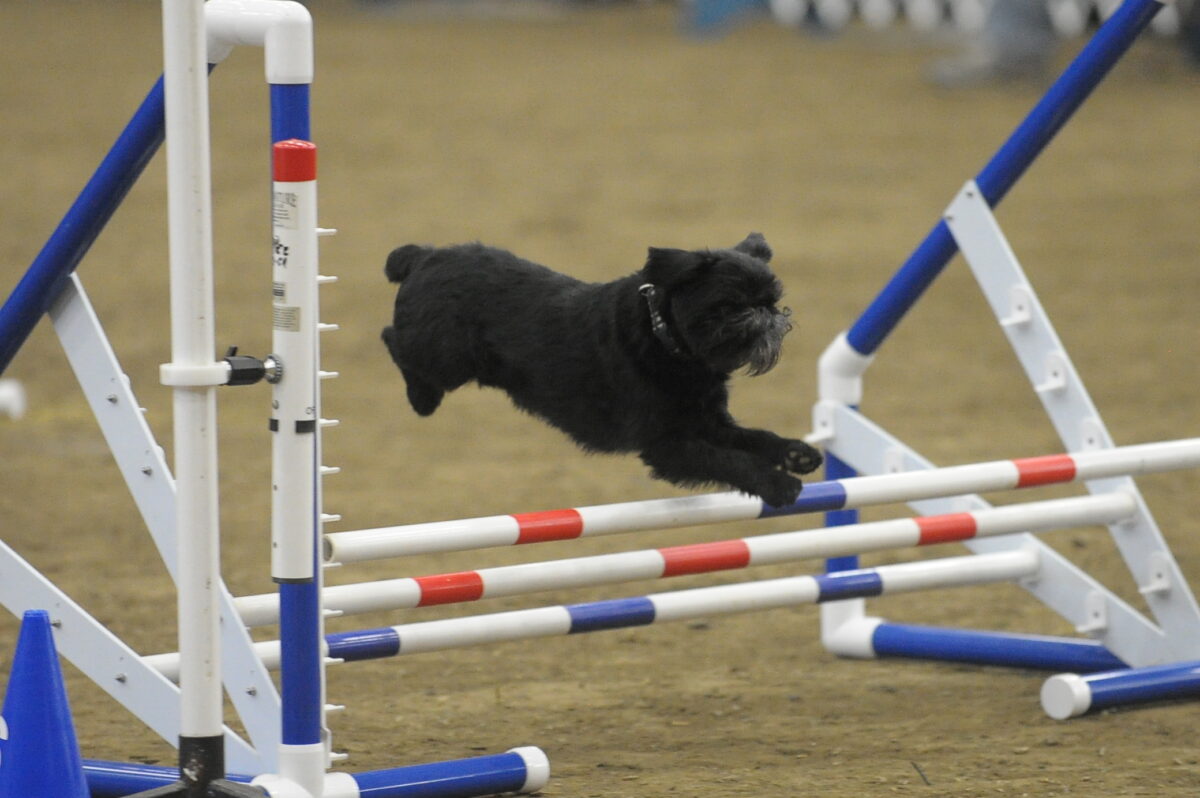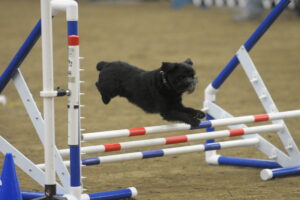Dogs are unique individuals. Even if every one of your dogs is the same breed, has the same lineage, and come from the same breeder, each is unique. That’s why you have to train the dog in front of you.
“But my last dog didn’t…”
“My other dog never…”
If you find yourself saying things like this, you’re not being fair to your current dog. Every dog you share your life with will bring new challenges and joys, problems and laughter. And each dog deserves to be recognized for who they are. Every dog will bring something new to your life and you’ll share a special relationship with each and every one.
Simon vs Booker
The youngest dog in our house, Simon is a six-year-old Boston Terrier. He’s the fifth Boston, the second from the same lineage. There are lots of parts that are “typical” Boston Terrier. There are also bits that are unlike any other. For one thing, he’s the smartest dog we’ve ever owned. He’s also the nosiest, and the most intense. He’s the only Boston we’ve had that doesn’t have a silly side. The dude is serious, through and through.
Training Simon is different than training his uncle, Booker, who is 12 years old. Booker has the attention span of a gnat, and rockets off on bouncing, silly, barking jags. Simon looks at him like he’s lost his mind. Simon loves practicing the same behaviors multiple times. Booker’s done after two repetitions, maximum.
Train the dog in front of you
If Fran tried to fit both Booker and Simon into the same training slot, chances are neither would be very good at anything. Honestly assessing your dog’s enthusiasm, motivation, and drive is key to successful training. Booker, the flibbertigibbet, got his Novice Obedience title (CD) back in the day when a three-minute, across-the-room “Down Stay” was the rule. He didn’t get there with rote repetition. He got there by Fran making it fun in little chunks her scatter-brained dog could absorb.
That’s training the dog in front of you. Unless you honestly assess and adapt to your dog’s unique personality, you’re in for a rough ride. Expecting your now-dog to be like your then-dog isn’t fair to either one.
Comparison is inevitable
It’s very common to compare. In some ways, it eases the pain of losing a beloved dog when you see some of their traits in another dog. It lets you reminisce and smile. Because that dog was a very good dog.
It’s okay to cherish the similarities even while you appreciate the differences. The love you had for your previous dog will never diminish. There’s no limit on love. The dog in front of you deserves the same helping of attention and love. There’s enough for every dog you’ll ever have.
One is silver and the other gold
There’s a saying in dog training that you don’t always get the dog you want, but you always get the dog you need. Every dog in your life will bring something new. A different way of looking (or sniffing) the world. We’ve had dogs who would run to smell flowers. Others paid no attention at all. One or two have watched TV. Most don’t. Some of our dogs made our yard unsafe for all wildlife. The current crew walks by the sparrows pecking in our grass.
If you’re having trouble figuring out your dog’s learning style, play a training game that relies on the dog’s initiative, like “Boxey.” Do they look to see how you react? Are they checking in with you at all?
Successful dog training isn’t necessarily having the best-behaved dog on the block. It’s building a team that understands, respects, and appreciates your partnership. Just as each dog is a distinct individual, your bond with each dog is unique. And you can be part of as many teams as you have the time and energy to enjoy. And always remember to train the dog in front of you.
